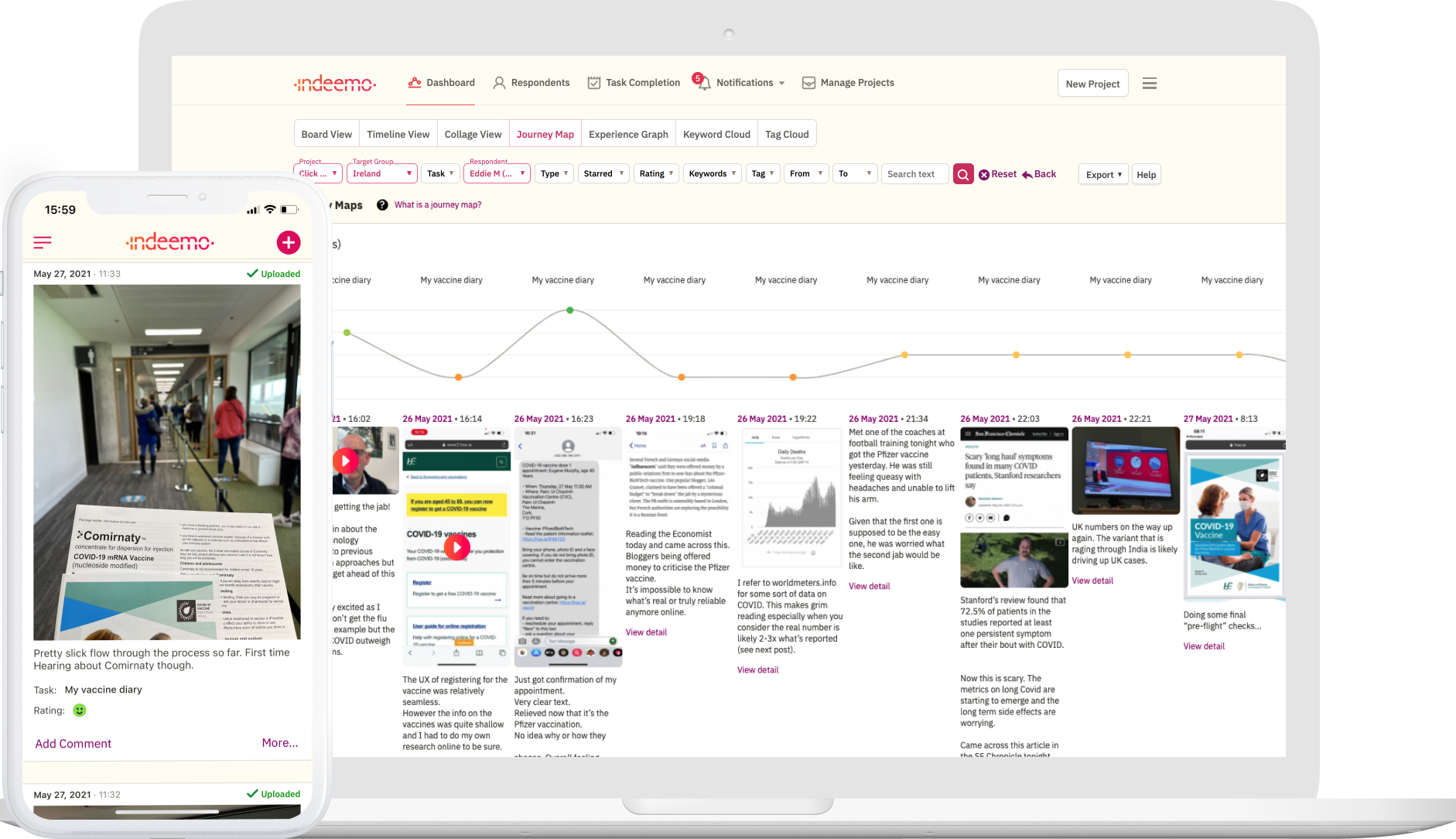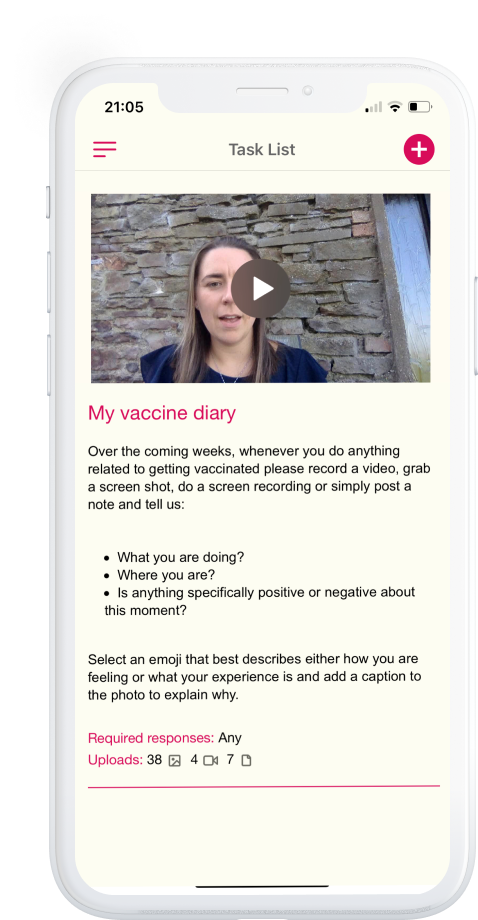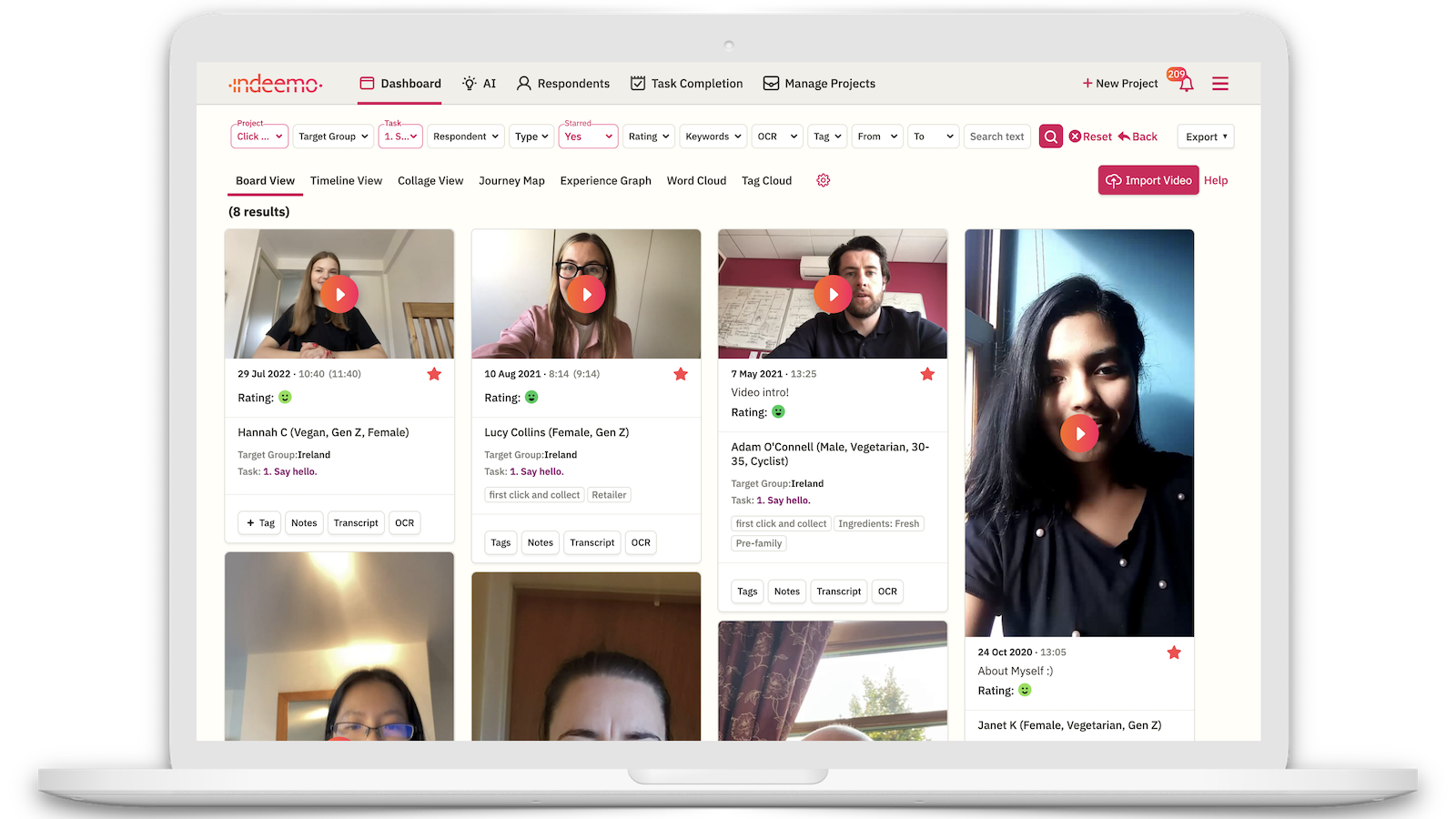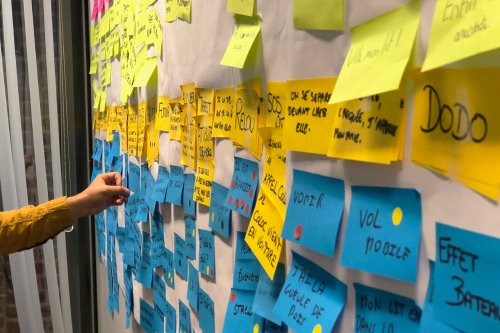We work with researchers in the healthcare sector, and patient journey mapping is increasingly being adopted. Although patient journey mapping is sometimes viewed as a similar process to customer journey mapping, there are differences. This guide outlines what and how of patient journey mapping.
What is Patient Journey Mapping?
Patient journey mapping is a research approach undertaken to help better understand the touchpoints and pain points of the patient experience with a healthcare provider. More specifically, you will find that patient journey mapping is concerned with the patient experience at three different stages - The pre-visit, visit, and post visit.
The pre-visit describes what a patient does in the build up to their appointment. This will involve searching, inquiring, and booking of an appointment for their specific medical requirement.
The visit stage aims to capture the journey and patient experience at the facility. The checking in process, the duration of waiting to see a healthcare professional, and the treatment itself are all usually captured through patient journey mapping.
At the post-visit stage, patients can typically document their experience with routine medication intake, exercise regimes, and communication with their doctor or nurse.
The objective of journey mapping is to capture the true patient experience as they go through each of these stages. Not all patient experiences will be the. Through a variety of qualitative research approaches, patient journey mapping can provide you with insights that will describe the emotions, motivations, and pain points of this patient experience.
These insights can be leveraged effectively to provide healthcare professionals and providers with informed ways to manage patient retention. Insights from patient journey mapping research can be used to capture the reality of patient flow. Even more, journey mapping can provide the richest form of patient feedback. So, if you are looking to undertake research for patient journey mapping, follow our ‘How to’ guide below.
How to research the Patient Journey
Patient Journey mapping can be effective at highlighting inconsistencies in the service that your organisation provides. Although it can be useful for improvements to patient flow management, journey mapping should capture how patients, and even their carers, experience your service. Our strategic approach to patient journey mapping is embedded in qualitative research techniques. These draw out the emotions of the patient journey along with the experiences of each touchpoint. If you are at the planning stages of patient journey mapping, here are a number of elements we recommend you take.
Define your Research Objective
At the outset, your patient journey mapping research will need an objective. This objective should be informed by the input of all stakeholders, including the patient, their carers, and each actor that plays a role in this journey. In a nutshell, your research objective should be patient centric. The goal should be to capture the true experience of the patient journey. This will involve identifying the possible steps your patients take when engaging with your service.
Identify Patient Personas
Not every patient experience is the same. Your patients will have varying journeys from booking an appointment to post treatment. It is important that you identify the different patient personas that use your healthcare service. While some patients may manage the journey themselves, others can have ailments where they require help from a carer. We work with clients that always consider the role of the carer in the patient journey. By outlining various patient personas, you and your research team will be able to build this into your research plan and objective.
Designing Meaningful Tasks
Tasks refer to each activity your research participants document across their journey. In the context of the patient journey, you should design tasks that will help you identify the issues patients experience at the pre-visit stage, treatment stage, and post-visit stage of their journey. Task design for a typical patient journey mapping research involves the use of various media - video, photos, and diary entries. Additionally, your tasks can be scheduled, where participants upload their experiences in the moment at set times and days. Sequential tasking can be built into your patient journey mapping design. As each of your research participants complete one task, they will receive their next task. Alternatively, participants can receive tasks all at once. This can be useful when you have a range of patient personas and they will need to document their experiences but a set time of day might be difficult to monitor.
Further reading
What is User Journey Mapping?Pilot Testing
It is also important to note that when you are designing the tasks for this type of qualitative research you need to think about the patient. Be patient centric. Relative to varying demographics, some participants will require simple and quick ways to document each experience with your healthcare service. They may not be able to upload video diary entries for each touchpoint in their journey. You can always test your research design by running a pilot study to understand what tasks work and what adjustments need to be made, if any.
Follow Up with Participants
Patient Journey Mapping can leverage technology to allow for remote qualitative research. Follow up questions, or probing can be a useful way to uncover further insights from your research participants. When patients participate in journey mapping research, they understand the importance and value of their input to the improvement of future patient care. As participants document their experiences with your service in the moment, this gives you rich insights instantly. You may find some insights that you and your team might not have anticipated in your research design. Encourage your researchers to follow up with patients when their experiences uncover unknowns about your service. After recruitment and prior to fieldwork commencing, it is always important for researchers to introduce themselves and make a connection with participants.
By doing so, you will make participants feel more comfortable with engaging with you. This will allow you to dig deeper about the emotions they felt at each touchpoint during their patient journey. As patients describe their experiences, there will always be added value by asking them to explain the emotions they felt, who was with them when they arrived at the clinic, or how they felt after they received their treatment.
Challenges of Patient Journey Mapping
Qualitative and quantitative research methods are always accompanied with challenges. Researchers will document these at the beginning of their research design. In terms of patient journey mapping, we have put together a list of some of the challenges that you may encounter during your research.
Implementation
Patient Journey Mapping can be difficult to design and implement. We see this more with researchers and organisations who are new to journey mapping research. The challenge often comes down to the best design and strategic approach to your patient journey mapping research. One way to overcome this challenge is to include the input from all stakeholders. Each stakeholder will help you build a holistic knowledge base of the anticipated patient journey. They will help you identify different patient personas and touchpoints that need to be investigated during your fieldwork.
Diverse Experiences
Of course, one of the golden nuggets of patient journey mapping is capturing a range of varying experiences. This is achieved by understanding the characteristics of your current patients. Without this, you will find it difficult to capture the patient journey that is inclusive of all patient types. Patients will have different healthcare needs. This will impact their journey. In a broader context, you might need to develop a journey map for both in patients and out patients. Again, the journey will vary and without a considerable understanding of the patients, and their needs, you will miss out on valuable insights of each experience.
Participant Engagement
The extent to which participants engage with your study, be it ethnographic research or a video diary study, it is always difficult to predict compliance. When you don't get active engagement with your research with incomplete tasks, more often than not, you will find yourself back at the drawing board. Adopting qualitative research techniques can help overcome this challenge. You will not require a large sample of patients to participate in your journey mapping research. However, you will need to be mindful of the task design for your participants. To revert back to our previous section, always consider running a pilot study to test your research design.
Benefits of Patient Journey Mapping
Despite the challenges you may face when implementing research for patient journey mapping, there are many benefits. Here are a number of those key benefits.
Improved and Effective Communication
The objective of patient journey mapping is to uncover the true experiences of your patients, including each touchpoint of their journey, each interaction with various actors and systems, and every pain point. This is achieved through qualitative research that allows patients to express their thoughts and feelings in the moment. One of the outcomes of this true depiction of the patient experience is improved and effective communication.
A positive relationship between healthcare professionals and patients is dependent on effective communication. The insights from patient journey mapping can directly inform the pros and cons of communication. Sometimes patients find it difficult to process information, and journey mapping can help healthcare professionals reduce the use of medical jargon to enable patients to better understand their treatment and/or symptoms.
Emotional Connectedness and Empathy
More often than not journey mapping research aims to build a strong sense of empathy across research teams and internal stakeholders. Empathising with patients is a must have goal when you are implementing patient journey mapping. When you ask participants to open up about their experience at your clinic, and follow up with them to provide additional details, you will find that empathy is a result of this in the moment model. This will instantly give you and your team the evidence to make improvements to areas of your service and the systems already in place.
Increased Patient Satisfaction
Although patient journey maps are not process flow maps, the results more often than not have a positive impact on patient flow management. Capturing the patient journey through contextual and qualitative insights directly highlights the positive and negative aspects of your patients interactions with your service. Considering each stage of the patient journey, a patient journey map can put the spotlight on recurring pain points in the patient flow.
In parallel, you will start to see the effects of your service on patient satisfaction. Whilst patient satisfaction is often viewed as quantitatively driven, the qualitative component to patient journey mapping gives you a richer alternative to what drives patient satisfaction. In addition, the insights should help you implement processes and systems that can positively impact patient retention.
Patient Journey Mapping Tools
The role of technology in patient experience research has become increasingly beneficial to healthcare services and the improvements to patient care. Over the past two years mobile technology has enabled healthcare research to be conducted remotely while all livelihoods were impacted by a global pandemic.
Although the worst days of the pandemic might well and truly be behind us, the use of technology to support qualitative research continues to grow. Why? One reason is because technology leverages on the principles of traditional exploratory research techniques. But, mobile apps, like Indeemo provide participants with a sense of comfort and ease when engaging with fieldwork. Participants are empowered and there is no sense of insecurity and nervousness that may result from traditional techniques like focus groups.
CASE STUDY
Using a Mobile Diary Study to gain richer insights into the lives of Healthcare Professionals (HCPs)
For the researcher, research outputs, like patient journey maps can be built quickly and effectively. As the qualitative data begins to populate your dashboard, journeys quickly begin to formulate. Ultimately, tools for patient journey mapping enable quick and effective data analysis, where insights are uncovered almost instantly.
The Indeemo patient journey mapping tool can also be used as a central, empathy repository for varying teams in your healthcare organisation. Empathy building occurs as in-the-moment experience data is automatically converted into a context rich journey map documenting the qualitative nature of each touchpoint being captured.









